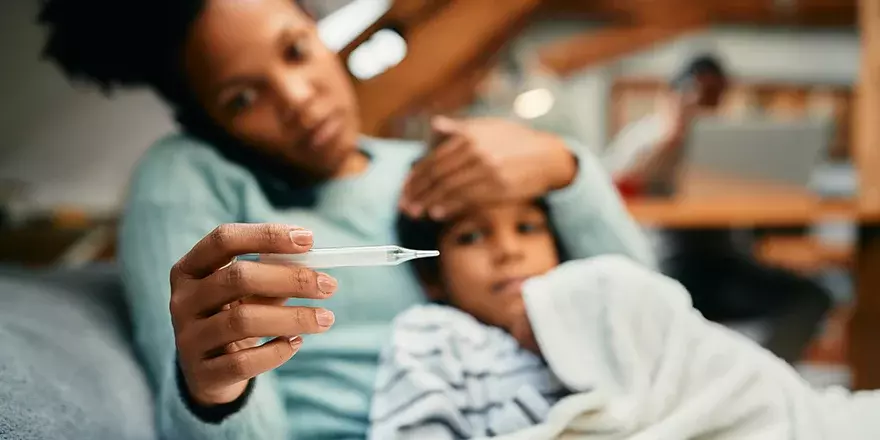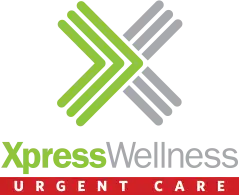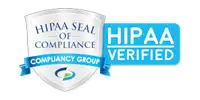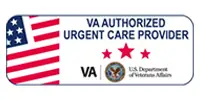
It’s summertime in Oklahoma and Kansas and that means one thing is certain – the sun is out and it is hot! Summer means lots of sunshine exposure while playing outside with kids, watching baseball games, swimming at the lake or the pool, or working in the garden. It’s true that we all need to soak up a little vitamin D every day, especially for the health of your liver and kidneys, but sometimes too much sunshine can have unintended consequences.
We’re talking about all different kinds of sun-related illnesses, how to identify them, how to treat them, and most importantly, how to avoid them altogether. Our Oklahoma and Kansas Urgent Care providers have put together a guide so everyone can safely enjoy the sun.
Sunburn
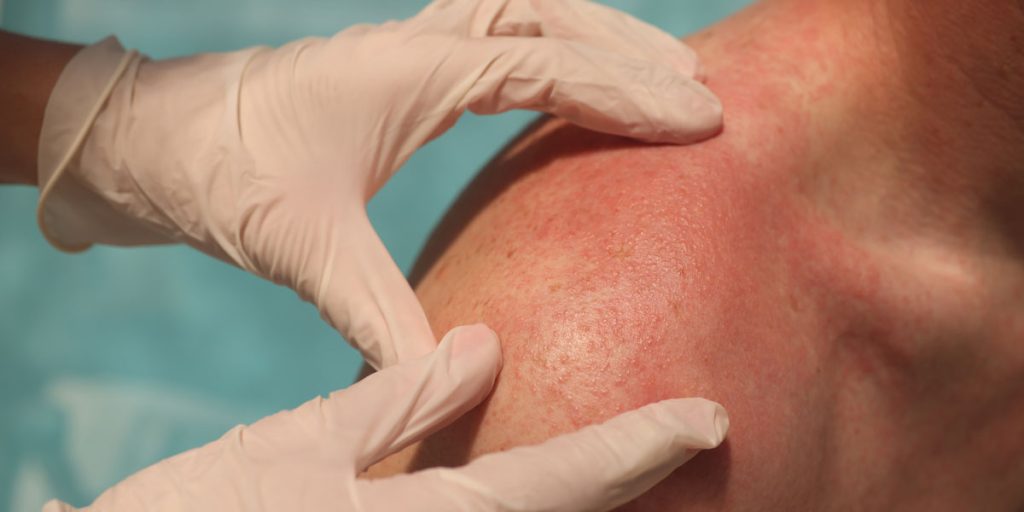
Most people have experienced sunburn before. When you are exposed to too much ultraviolet (UV) radiation from the sun, especially without sunscreen, a skin condition called sunburn can occur. Sunburns are typically characterized by painful, red, warm skin, sometimes blisters, headaches, and fatigue. Sunburn symptoms usually appear a few hours after exposure and can last a few days.
Avoiding Sunburn
In the heat of the spring and summer, it’s recommended to avoid sun exposure between 10 a.m. and 4 p.m. Additionally, if you are going to be in the sun, wear sunscreen with an SPF of at least 30 and wear protective clothing. If you’re at the pool or doing physical activity, be sure to reapply sunscreen every couple of hours to ensure it remains effective.
Sunburn Treatment
Unfortunately, there’s no quick way to resolve sunburn. You can take these steps to help manage sunburn pain:
- Take a cool bath to relieve some of the discomforts
- Apply a cool compress to the affected area
- Take aspirin, acetaminophen, or ibuprofen to relieve pain and headache and reduce fever
- Stay hydrated by drinking lots of water
- You may find a little relief through the application of a topical moisturizing cream, aloe, or 1% hydrocortisone cream
- If you have blisters, the best thing to do is leave them alone. They should not be broken as that can cause irritation. You can lightly cover or bandage blisters if needed.
- Seek medical attention if you are experiencing severe symptoms like sunburn covering more than 15-20% of your body, dehydration, high fever or extreme pain for more than 48 hours. Xpress Wellness Urgent Care is ready to help you recover from too much sun exposure.
Sun Poisoning
Sun poisoning is an allergic reaction that some people experience due to the UV radiation from the sun. Typically sun poisoning occurs after very severe sunburns. Symptoms are similar to those of sunburn, but more intense. You can avoid sun poisoning by following the steps listed above for avoiding sunburn. Limiting exposure to the sun and taking precautions is the best way to ensure your safety!
Sun poisoning symptoms include:
- Chills
- Fever
- Nausea
- Vomiting
- Dizziness
- Fainting
- Headache
Sun Poisoning Treatment
Treatment for sun poisoning depends on severity. If you are feeling ill and exhibit the symptoms listed above, the best plan is to seek medical treatment. Visiting an Oklahoma or Kansas Xpress Wellness Urgent Care location is a great option to receive same-day care.
Heat Exhaustion
Heat exhaustion is a milder type of heat-related illness that is often experienced after exposure to the sun, high temperatures, or humidity. For many, heat exhaustion is common after long days working in their yard or flowerbeds.
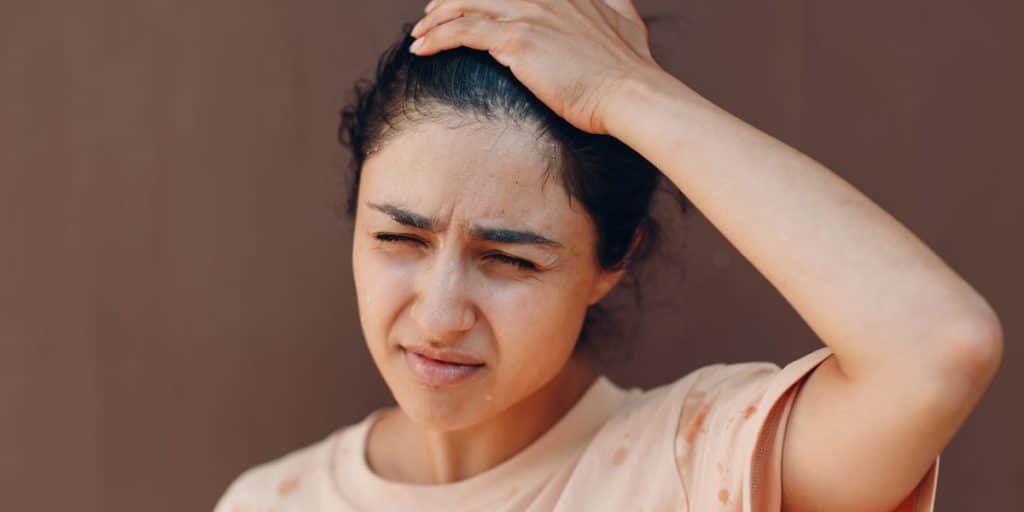
Heat exhaustion symptoms include:
- Weakness
- Dizziness
- Extreme sweating
- Muscle cramps
- Nausea
- Vomiting
- Fainting
Heat Exhaustion Treatment
If you believe you are experiencing heat exhaustion, move to a cool place and lie down. If you are able to turn on a fan in the room, do that too. Remove layers of clothes, especially those that are tight or unnecessary. Ask for help to get a cool compress and apply it to your neck and forehead. Drink plenty of water and other cool liquids. If symptoms do not subside within an hour, seek medical help.
Heat Stroke
Heat stroke is a very serious condition that can occur after exposure to heat, sun, and humidity. Heat stroke happens when the body’s temperature regulation ability fails and the body overheats. Heat stroke requires immediate medical attention.
If you are working outdoors or in a high-heat area, it is wise to take breaks often in air-conditioned rooms, stay hydrated, and avoid heat in the warmest times of the day.
Symptoms of Heat Stroke
Symptoms of heat stroke are severe and require immediate attention.
- A body temperature of 104 degrees or higher
- Altered mental state or behavior (confusion, agitation or other behaviors)
- Seizures
- Coma
Treating Heat Stroke
If someone is showing signs of heat stroke, call 911 immediately. You can take a few actions to help them until emergency responders arrive. Move the person into cool shallow water, like a swimming pool or bathtub, to help reduce their body temperature. Help apply cool compresses and wait for emergency medical assistance.
Heat Rash
Heat rash occurs for some people after too much sun or heat exposure. Heat rash is often not too severe and will subside after a few hours up to a couple of days. Heat rash is characterized by small red bumps on the skin often on the neck, chest, groin, or elbow creases.
Heat Rash Treatment
You can treat heat rash by avoiding heat for a couple of days and staying in a cool, dry place. Additionally, keep the rash dry and do not apply lotions or creams – especially those that are scented, as they may further irritate the skin. Additionally, you can apply baby powder to help soothe itching or pain.
Heat Cramps
Heat cramps are another type of sun-related illness. They are especially common if you spend time doing heavy exercise in a warm environment. They are often an early sign of the other types of heat-related illnesses mentioned – like heat exhaustion or heat stroke. If you are sweating heavily (more than usual) and are experiencing muscle cramps or spasms in your abdomen, back, arms, or legs, you may have heat cramps. Heat cramps are often caused by dehydration and the loss of nutrients due to excessive sweating.
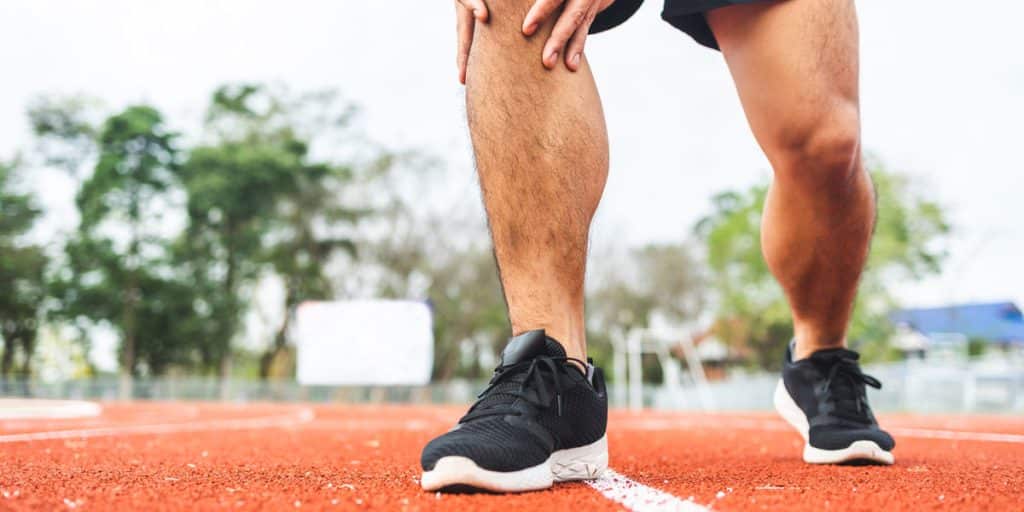
Heat Cramps Treatment
Treating heat cramps right as you begin to suspect them is the best course of action. Follow these steps:
- Stop physical activity and find a cool, air-conditioned spot to rest and recover
- Drink plenty of water or an electrolyte-filled sports drink
- Don’t continue activity until you feel fully recovered
- If you have heart problems, are on a low-sodium diet, or have cramps that last longer than an hour, seek medical help
Now you know the basics of heat and sun-related illnesses and you can enjoy your summer with the knowledge to stay safe in the sun. Remember to always wear sunscreen, drink plenty of water, and take a break if you start feeling ill! If you do get sick, Xpress Wellness Urgent Care is here to help whenever you need it all across Oklahoma and Kansas.

